Nicotine Patch Manufacturers: A Complete B2B Guide to Production, Formulas, and Global Opportunities
As nicotine replacement therapy (NRT) gains global traction, nicotine patches emerge as a clinically trusted and scalable solution to combat smoking addiction. For importers, distributors, and private-label brands, working with the right nicotine patch manufacturer is critical for market entry and sustained growth. This guide unpacks the end-to-end manufacturing process, differentiates formulas and technologies, and offers tips on selecting reliable suppliers.
Guide Overview
-
Introduction to Nicotine Patch Manufacturing
-
What Are Nicotine Patches? Key Concepts
-
Production Workflow of Nicotine Patches
-
Differences in Formulas & Technologies
-
Market Applications & Use Cases
-
How to Choose a Trustworthy Manufacturer
-
FAQ on Nicotine Patch Supply Chain
1. Introduction to Nicotine Patch Manufacturing
Nicotine patches are a form of transdermal NRT delivery, offering a smoke-free way to deliver consistent doses of nicotine over time. Manufacturers in this space typically serve:
-
Pharmacy chains (OEM & white label)
-
NRT wholesalers
-
Clinical and hospital networks
-
Global nicotine product distributors
Due to their pharmaceutical classification, nicotine patches are subject to strict quality standards, requiring manufacturers to operate under GMP, ISO, and FDA-compliant conditions.
2. What Are Nicotine Patches? Core Terms You Should Know
-
Transdermal Delivery System: Enables nicotine to be absorbed through the skin and into the bloodstream.
-
Nicotine Strength: Common patch strengths include 7mg, 14mg, and 21mg—used to help users taper nicotine dependence.
-
Matrix or Reservoir Structure: Refers to the nicotine storage and release mechanism embedded within the patch.
-
Adhesive Technology: Medical-grade adhesives ensure long-lasting skin contact without irritation.
-
Release Profile: A consistent, timed release of nicotine throughout the day to prevent cravings and withdrawal symptoms.
3. Step-by-Step Breakdown of the Manufacturing Process
a. Raw Material Sourcing
Manufacturers acquire pharmaceutical-grade nicotine and medical polymers. Trusted producers adhere to Good Manufacturing Practices (GMP). Explore nicotine ingredient sourcing.
b. Formulation & Blending
Nicotine is mixed with excipients, including stabilizers and skin absorption enhancers, to create the active formulation.
c. Layer Construction
Each patch typically includes:
-
Backing Layer – Protective and non-permeable
-
Drug Layer – Contains the active nicotine formula
-
Adhesive Layer – Delivers nicotine and secures skin contact
d. Lamination & Cutting
Multilayer sheets are laminated, die-cut to precise dimensions, and inspected for uniformity.
e. Packaging & Sterilization
Each patch is individually sealed using sterile techniques like UV light or ethylene oxide sterilization to prevent contamination.
f. Regulatory Testing
Patches undergo durability, release rate, and dermatological safety testing before receiving FDA, CE, or local market certifications.
4. Formulas & Technology Differences Among Manufacturers
| Type | Description | Pros | Use Case |
|---|---|---|---|
| Reservoir Patches | Liquid nicotine in a reservoir | Precise delivery | Older generation |
| Matrix Patches | Nicotine blended in adhesive | Modern, cost-effective | Most brands |
| Microstructured Patches | Advanced micro-channel tech | Fast absorption | Premium solutions |
💡 Some nicotine patch factories offer custom R&D services for brands seeking innovation.
5. Market Applications & Use Scenarios
Nicotine patches are widely adopted across:
-
Consumer Retail: OTC products for individuals quitting smoking
-
Hospital Procurement: Clinical-grade patches for rehabilitation centers
-
Corporate Wellness: Offered in employee health programs
-
Pharmacy Brands: OEM and private-label partnerships with nicotine patch suppliers
👉 Looking to create your own patch line? Contact a private-label specialist.
6. How to Select a Reliable Nicotine Patch Manufacturer
When evaluating nicotine patch manufacturers, consider these key factors:
✅ Regulatory Compliance
Look for GMP, ISO, FDA, or CE certifications.
✅ Production Capacity
Ensure the facility can scale from small batch to bulk orders without lead time delays.
✅ Customization Options
From logo printing to formulation tweaks—flexibility is crucial for brand differentiation.
✅ Global Shipping Support
Choose a supplier who understands pharmaceutical export logistics and can assist with customs documentation.
✅ Sustainability Practices
Eco-conscious brands should inquire about recyclable materials and sustainable sourcing.
🔍 Browse premium nicotine patch production solutions.
7. Frequently Asked Questions (FAQs)
Q1: How long does it take to produce nicotine patches?
A: Lead times vary based on customization and volume—typically 4–12 weeks.
Q2: Can I launch a private-label nicotine patch brand?
A: Yes! Many factories support OEM nicotine patch projects and can help with packaging, branding, and compliance.
Q3: Are nicotine patches restricted in international shipping?
A: Regulations differ by country. Reputable manufacturers provide all required export licenses and documentation.
Q4: What’s the typical shelf life of nicotine patches?
A: Most have a 24-month shelf life under standard storage conditions.
Conclusion
Partnering with a reliable nicotine patch manufacturer is the cornerstone of any successful nicotine product business. Whether you’re launching a wellness brand or expanding your pharmaceutical portfolio, the right supplier can offer:
-
Regulatory support
-
Flexible MOQ
-
Private-label customization
-
Transparent lead times
🌟 Ready to launch or scale your nicotine patch business? Explore contract manufacturing at SnuffFactory, your trusted partner in nicotine innovation.

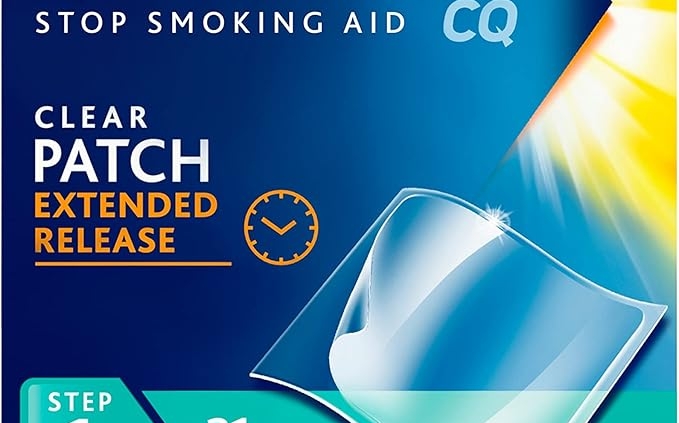

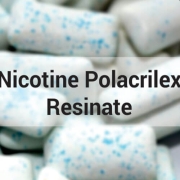
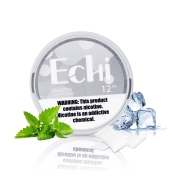
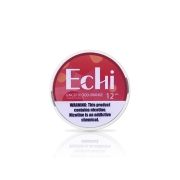
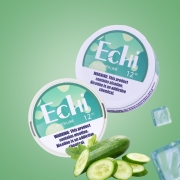
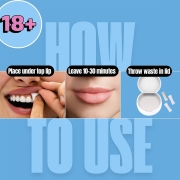


Leave a Reply
Want to join the discussion?Feel free to contribute!